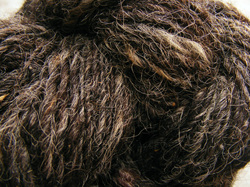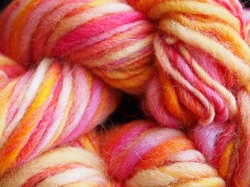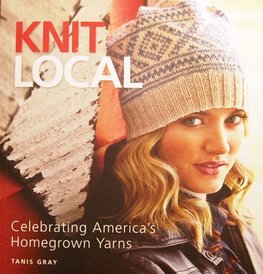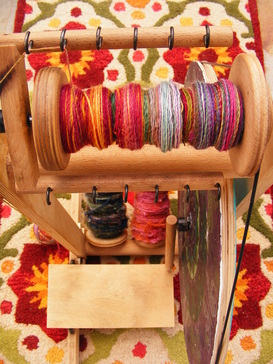

As mentioned above, I got the unfinished version. Out of the box the wood is smooth to the touch, the edges are sanded of sharpness. I painted mine in the colors Jungle Green and Blackberry Harvest from Home Depot. The wheel also has a yellow stamped botanical butterfly design on it. It comes flat packed and requires assembly. It has a pegged, hex bolt, and screw construction and once assembled is very sturdy. The base has a square design which adds to its sturdy feel- I never feel this will tip over, even when spinning on carpet. If you get one, have a cordless drill handy because the holes can be tight to screw into. For the beginning of the build all we had was a screwdriver, until we got tired and went and found the cordless. Also have a rubber mallet handy to bang in the pegged joints.











 RSS Feed
RSS Feed
